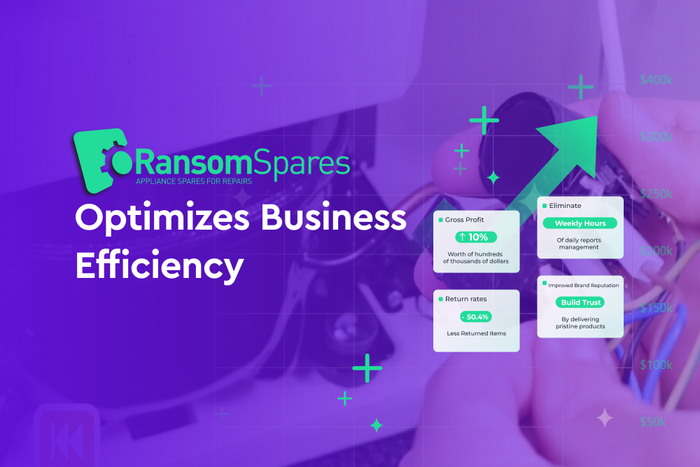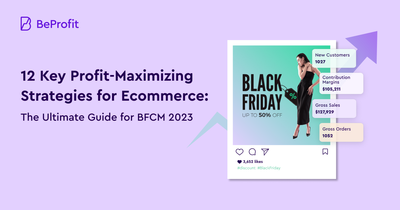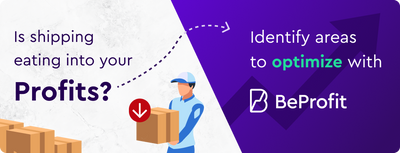Profit Analytics Blog
Read expert articles with insights about e-commerce profitability from analyzing thousands of e-commerce businesses' data.
Profit optimization
12 Essential Strategies to Maximize Profits on Black Friday Cyber Monday for E-commerce BusinessesAs the calendar flips to November, the anticipation of the holiday shopping season begins to build. Retailers and consumers alike are gearing up for two of the most significant shopping events of the August 10, 2023
Business metrics
The 4 Main E-commerce Business Models for Building a Successful Online StoreRunning your own online business can be highly profitable, but it is not as simple as building a store and hoping for the best. You still need to have a set of business goals that will make your e-comAugust 7, 2023
Business data analysis
Shipping Analytics: Benchmarks and Insights for E-Commerce SellersShipping costs can have a significant impact on an online merchant's profits. In this post, we take a closer look at the cost of shipping across different industries, providing insights into the averaAugust 7, 2023












